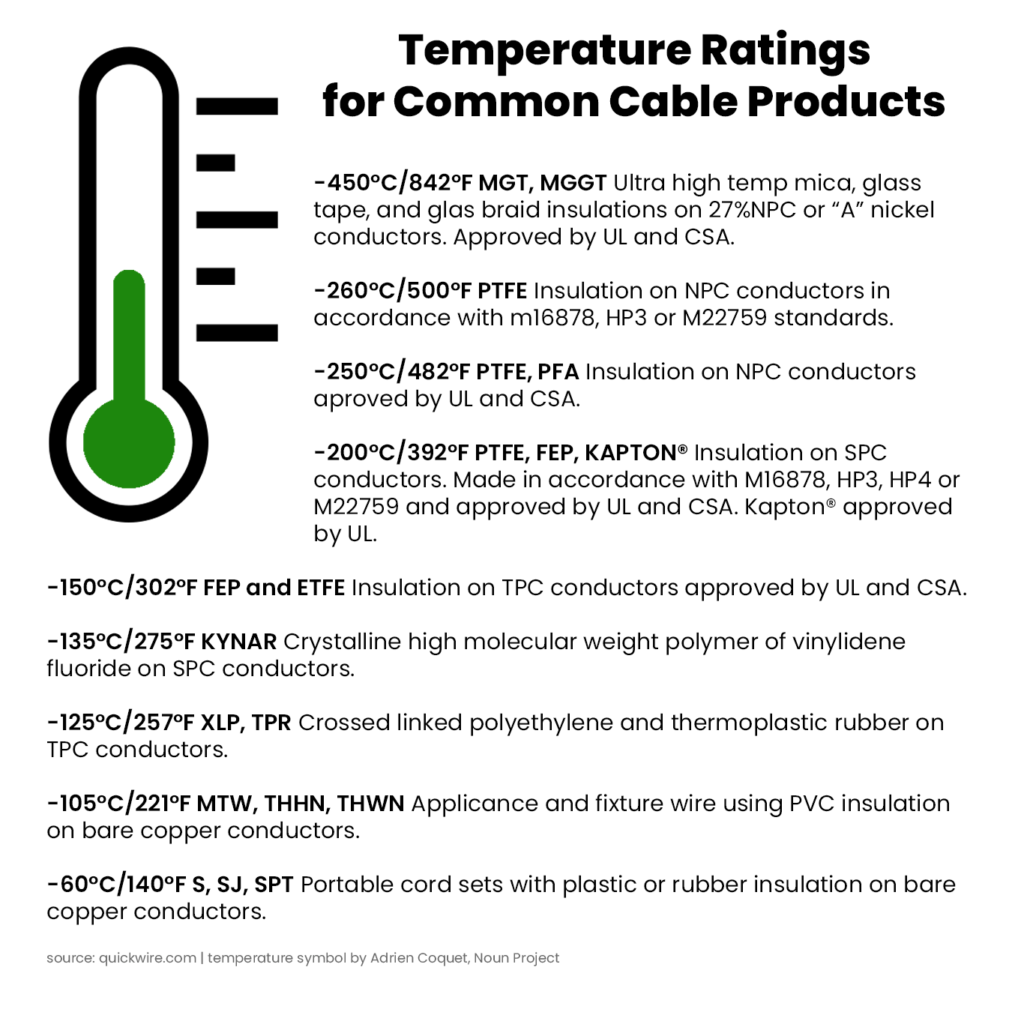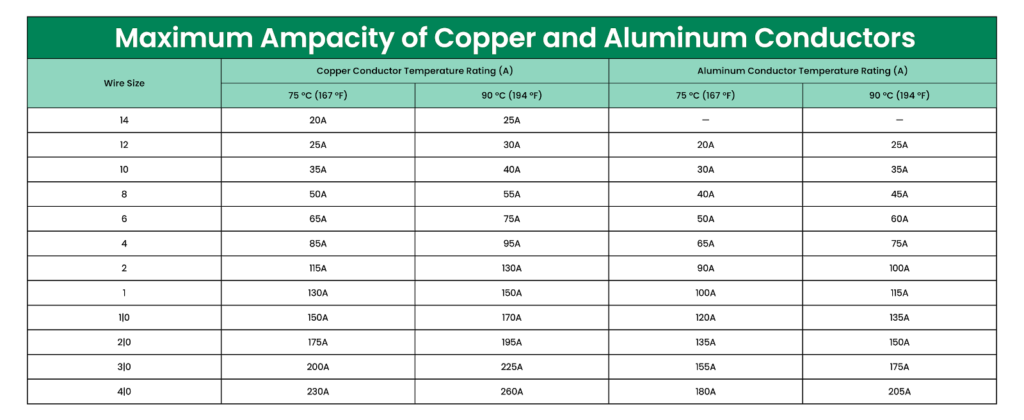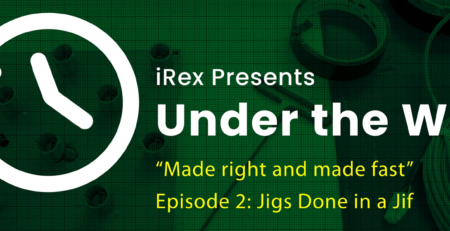How Does Heat Affect Your Cable Crimps?
Amit Pal2023-08-09T17:01:25+00:00On the iRex blog we’ve gone in depth about the structure of crimps and the mechanical tests you should consider to get the most out of them. Depending on the application, manufacturers should also be mindful of the environmental challenges your cabling will face — namely, heat.
Heat can present itself in a variety of ways, from resistance in the wiring itself or from the outside environment. Below, iRex breaks down the effects of heat and how to account for it in your cable assemblies.
How can heat affect your crimps?
We all learned in grade school physics that materials expand when subjected to heat, and cables are no exception. If your cables are subjected to large fluctuations in temperature, the repeated expansions and contractions in the cable’s conductor can eventually loosen your crimp and degrade performance. Extreme heat can also have detrimental effects on the insulation of your cable, causing it to melt or have a shorter lifespan than expected.
If your cable is expected to carry information, as in a PoE configuration, then the quality of this data transmission can be negatively affected by temperature and lead to insertion loss.

How is your cable constructed?
A major factor in how a cable deals with heat is its ampacity, or the maximum amount of continuous current that can be carried by a cable within its temperature rating. A wire’s ampacity is determined by the metal used and its gauge, with thicker, lower gauge wires having larger ampacity. When it comes to metal, copper cabling performs better than aluminum in this regard.
Similar to the conductor, the conductivity of the metal used for the terminal plays a role in heat build up. Crimp quality matters as well — if a conductor has been crimped improperly, it can burn the connector housing or cause an insulating oxide layer to build up. Heat can also cause the insulation to produce off-gassing, which is responsible for organic contamination and will eventually lead to the cable’s failure.
The insulation your cable uses is also very important. Special high-temperature glass braidings can be used, as well as higher rated plastics, instead of the typical PVC and rubber insulations. Other things to consider are the length of your cable and whether it is braided or uses a solid conductor. Extra length adds resistance, increasing heat, while a braided cable increases the amount of air in between conductors, effectively allowing them to cool.

What’s the use case / environment?
If you’re approaching iRex to build your cable, you have likely already given thought to the environment your assembly will operate in. Even still, thoughtfully designed builds can run into unforeseen conditions. For example, a large cable running through residential and commercial buildings. In addition to considering ambient heat, you also need to consider where components are being placed in the assembly and if these components generate large amounts of heat.
What to test and how to test it?
The charts provided in this article provide a good place to start in choosing the gauge, composition and insulation for your cable based on the desired ampacity and temperature rating.
To ensure that your cable assemblies can perform as needed in harsh conditions, we recommend reliability testing using thermal test chambers, like the ones used by our sister company Austin Reliability Labs. Temperature tests, in addition to iRex’s battery of quality assurance tests, will give you an accurate picture of how your assembly will perform.
In summary, heat can be introduced into your cable assembly through a variety of ways and can often cause suboptimal results. It’s important to consider every aspect of your cable build as well as the environment it will operate in to ensure safety and performance.
Reach out to the team at iRex for help with your cable needs today!






